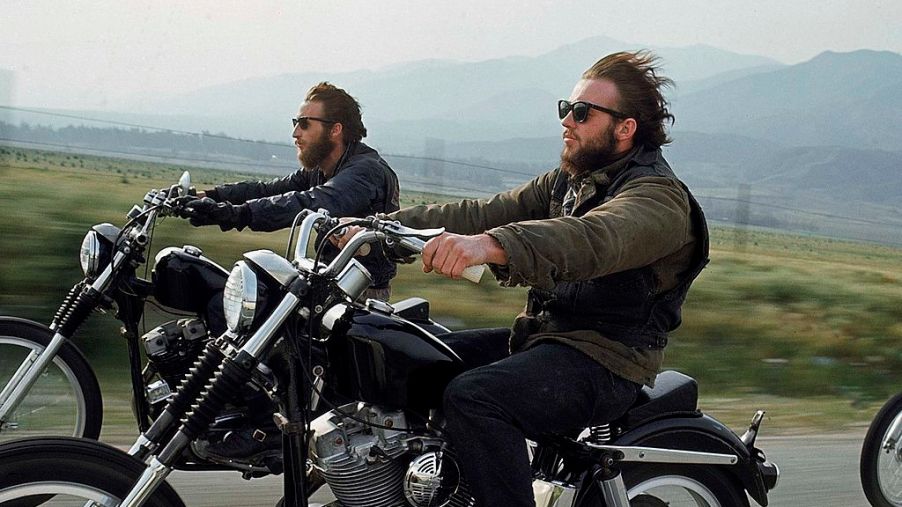
Motorcyclists Have to Obey the Same Laws as Cars
When you see a motorcyclist cruising in the carpool lane or zipping between cars in a traffic jam, you may wonder why bikers get to drive by a different set of rules. In reality, motorcyclists are required to follow the same laws as cars. In many states, they must follow even more rules than cars.
Equal treatment for motorcyclists
Motorcycles are considered motor vehicles, which places them into the same category as cars. This means they’re generally held to the same rules of the road as all other vehicles. Motorcycle operators must secure a license to legally ride. As with driving a car, the requirements for lawful operation vary from state to state.
Just like car drivers, bikers must obey speed limits and make full stops at red lights and stop signs. The state laws regarding driving while intoxicated apply. Motorcyclists are subject to the same legal limit for blood alcohol concentration.
In most states, bikers must also carry insurance, and the requirements generally mirror those for car insurance. There are, however, a few states that do not have any motorcycle insurance requirements. If you are a new motorcyclist, it is safe to assume that if a rule applies to the driver of a car, it will apply to you as well.
Laws specifically for motorcyclists
Some requirements are unique to motorcyclists due to a bike’s speedy nature as well as additional safety risks they may pose for riders. Here are some of the laws motorcyclists must follow that regular drivers don’t have to worry about:
Lane splitting
While sitting in traffic, you may have seen a motorcycle zip by on your left or right, driving in between the cars in each lane. This may seem like a common practice, but it’s illegal in every state except California.
Headlights
As with all vehicles, motorcyclists must turn on the headlights at night. In many states, an additional requirement involves bikers using their lights during the day. The laws vary by state and also by motorcycle. To ensure bikes can be seen, many states also have laws mandating the distance at which a motorcycle can be observed.
Helmets
Many states have mandatory helmet requirements for all motorcyclists. Other states only require helmets if the operator is a teenager. Even if a helmet isn’t required under state law, failure to wear one will reflect poorly on a rider if they’re involved in an insurance claim or lawsuit for damages.
Obscure motorcycles laws
A number of unique motorcycle laws apply in certain states. Check out a few below:
- Maine: While it may look fun, it is illegal to pop a wheelie on a motorcycle.
- New York: In the town of Nova Scotia, you must ride with your feet on the pedals.
- Minnesota: If you’re a student in a Minnesota motorcycle endorsement program, you must wear pants.
- Idaho: Anyone over the age of 88 is not allowed to ride a motorcycle in Idaho Falls.
- Arizona: While most motorcyclists are used to noise ordinances, they should be careful in Litchfield Park. The noise limits for bikes there are similar to the volume of a shouted conversation.
If you’re a motorcyclist, be sure to learn traffic laws and regulations as well as state-specific requirements. Whether or not you live in Minnesota, we recommend you wear pants!


